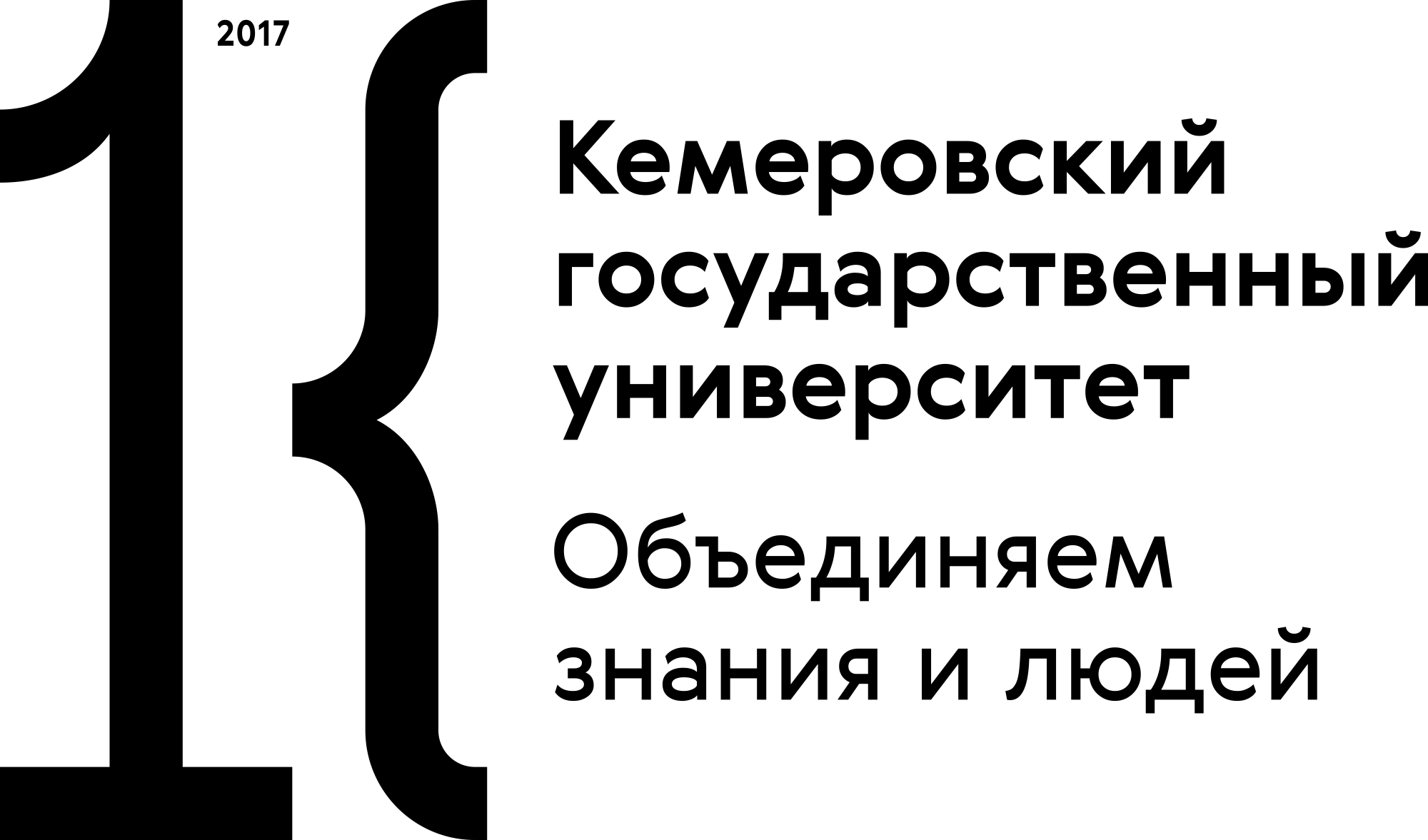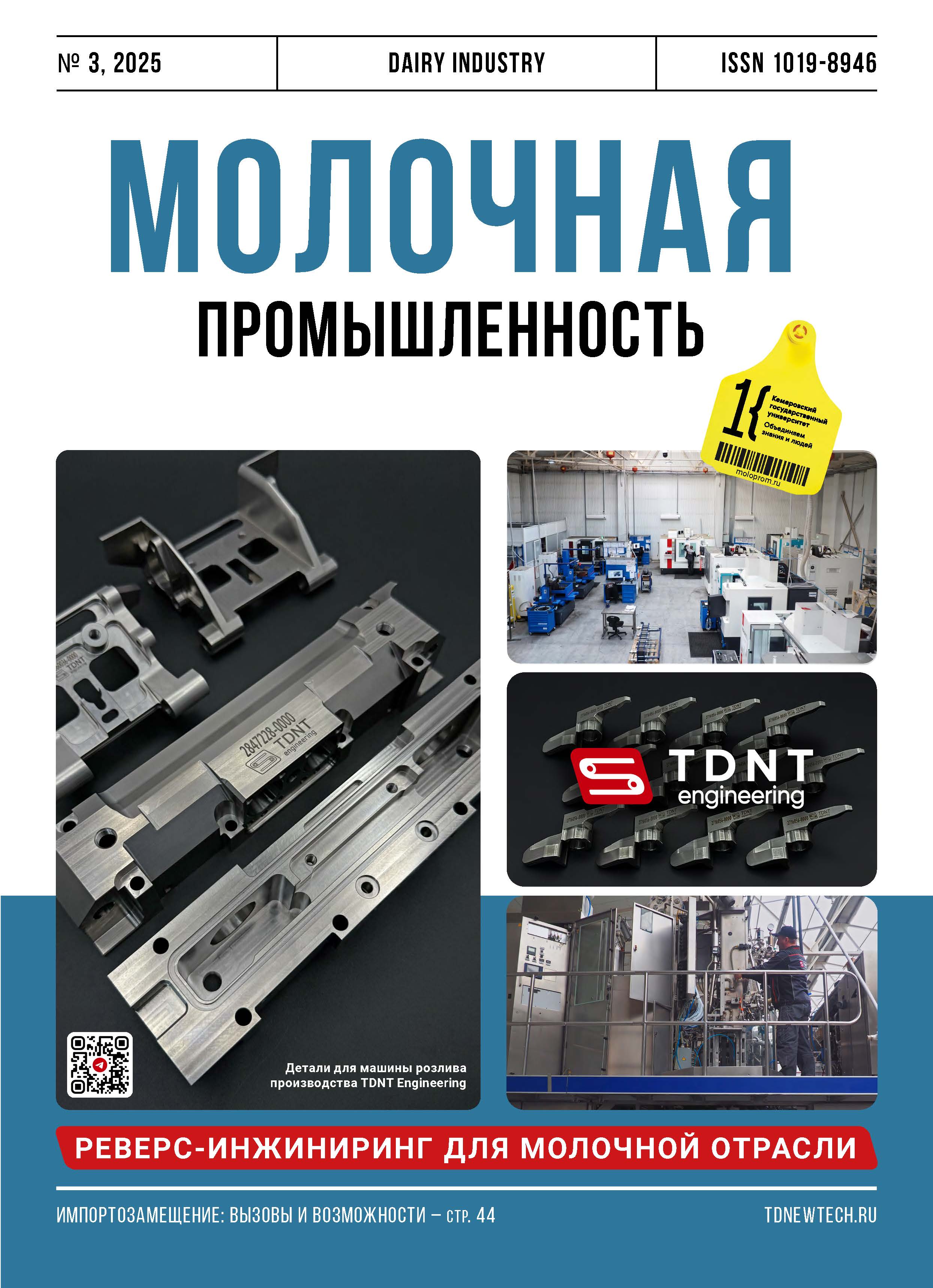Uglich, Russian Federation
Fine mesh filters improve the safety indicators of raw milk. They are expected to reduce somatic cell count and bacterial contamination, as well as to prevent technically harmful microflora from entering the cheese mass. The authors compared three types of commercial fine mesh filters labelled by manufacturers as antibacterial, fine-purification, and anti-somatic. The somatic cell count in the original milk and the filtered samples was controlled viscometrically. Such indicators as bacterial contamination, Clostridium/Bacillus spores, yeasts, and mold fungi were defined by sowing on dense nutrient media followed by viable cell counting. The physicochemical properties included the mass fraction of protein, fat, lactose, non-fat milk solids, density, freezing point, and protein fraction. The fine mesh filters had no statistically significant effect on the physicochemical composition of milk. However, their use led to false somatic cell count data, with no significant effect on the viable cell count of the abovementioned microorganisms. The somatic cell count, which is supposed to indicate mastitis milk, proved to complicate the microbiological safety control of dairy products.
mastitis, somatic cells, control, milk purification filters, bacterial contamination
1. Sharma, N. Mastitis occurrence pattern in dairy cows and importance of related risk factors in the occurrence of mastitis / N. Sharma [et al.] // Journal of Animal Research. 2018. Vol. 8(2). R. 315–326. https://doi.org/10.30954/2277-940X.04.2018.23
2. Sviridenko, G. M. Moloko-syr'e i molochnye produkty − znachimyy istochnik pischevyh toksikoinfekciy / G. M. Sviridenko // Molochnaya promyshlennost'. 2009. №7. S. 78–82. https://elibrary.ru/rhiutn
3. Gomes, F. Control of bovine mastitis: Old and recent therapeutic approaches / F. Gomes, M. Henriques // Current Microbiology. 2016. Vol. 72. R. 377–382. https://doi.org/10.1007/s00284-015-0958-8
4. Rainard, P. Knowledge gaps and research priorities in Staphylococcus aureus mastitis control / P. Rainard [et al.] // Transboundary and Emerging Diseases. 2018. Vol. 65. R. 149–165. https://doi.org/10.1111/tbed.12698
5. Hogan, J. S. Rate of environmental mastitis in quarters infected with Corynebacterium bovis and Staphylococcus species / J. S. Hogan [et al.] // Journal of Dairy Science. 1988. Vol. 71. № 9. R. 2520–2525. https://doi.org/10.3168/jds.S0022-0302(88)79840-9
6. Akineden, O. Toxin genes and other characteristics of Staphylococcus aureus isolates from milk of cows with mastitis / O. Akineden [et al.] // Clinical Diagnostic Laboratory Immunology. 2001. Vol. 8(5). R. 959–964. https://doi.org/10.1128/CDLI.8.5.959-964.2001
7. Benić, M. Bovine mastitis: A persistent and evolving problem requiring novel approaches for its control-a review / M. Benić [et al.] // Veterinarski arhiv. 2018. Vol. 88(4). R. 535–557. https://doi.org/10.24099/vet.arhiv.0116
8. Campos, B. Diversity and pathogenesis of Staphylococcus aureus from bovine mastitis: Current understanding and future perspectives / B. Campos [et al.] // BMC Veterinary Research. 2022. Vol. 18(1). 115. https://doi.org/10.1186/s12917-022-03197-5
9. Abebe, R. Incidence rate, risk factors, and bacterial causes of clinical mastitis on dairy farms in Hawassa City, southern Ethiopia / R. Abebe [et al.] // Scientific Reports. 2023. Vol. 13. (1). 10945. https://doi.org/10.1038/s41598-023-37328-1
10. Abril, A. G. Staphylococcus aureus exotoxins and their detection in the dairy industry and mastitis / A. G. Abril [et al.] // Toxins. 2020. Vol. 12. (9). 537. https://doi.org/10.3390/toxins12090537
11. Migunova, O. Sovremennyy podhod k sanitarno-gigienicheskim problemam na proizvodstve – osnova bezopasnosti molochnoy produkcii / O. Migunova // Molochnaya promyshlennost'. 2011. № 11. S. 40–42. https://elibrary.ru/oizfgl
12. Massé, J. Characterization of Klebsiella isolates obtained from clinical mastitis cases in dairy cattle / J. Massé, S. Dufour, M. Archambault // Journal of Dairy Science. 2020. Vol. 103(4). R. 3392–3400. https://doi.org/10.3168/jds.2019-17324
13. Goulart, D. B. Escherichia coli mastitis in dairy cattle: etiology, diagnosis, and treatment challenges / D. B. Goulart, M. Mellata // Frontiers in Microbiology. 2022. Vol. 13. 928346. https://doi.org/10.3389/fmicb.2022.928346
14. Fuenzalida, M. J. Negatively controlled, randomized clinical trial to evaluate intramammary treatment of nonsevere, gram-negative clinical mastitis / M. J. Fuenzalida, P. L. Ruegg // Journal of Dairy Science. 2019. Vol. 102(6). P. 5438–5457. https://doi.org/10.3389/fmicb.2022.928346
15. Massé, J. Characterization of Klebsiella isolates obtained from clinical mastitis cases in dairy cattle / J. Massé, S. Dufour, M. Archambault // Journal of dairy science. 2020. Vol. 103(4). R. 3392–3400. https://doi.org/10.3168/jds.2019-17324
16. Wente, N. Recurrent mastitis–persistent or new infections? / N. Wente [et al.] // Veterinary Microbiology. 2020. Vol. 244. 108682. https://doi.org/10.3168/jds.2019-17324
17. Winter, P. Clinical and histopathological aspects of naturally occurring mastitis caused by Listeria monocytogenes in cattle and ewes / P. Winter [et al.] // Journal of Veterinary Medicine, Series B. 2004. Vol. 51(4). R. 176–179. https://doi.org/10.1016/j.vetmic.2020.108682
18. Abo Elyazeed, H. Genetic diversity and phylogenetic relationships of Clostridium perfringens strains isolated from mastitis and enteritis in Egyptian dairy farms / H. Abo Elyazeed [et al.] // BMC Microbiology. 2024. Vol. 24(1). P. 157. https://doi.org/10.1186/s12866-024-03260-1
19. Mavangira, V. Gangrenous mastitis caused by Bacillus species in six goats / V. Mavangira [et al.] // Journal of the American Veterinary Medical Association. 2013. Vol. 242(6). R. 836–843. https://doi.org/10.2460/javma.242.6.836
20. Nieminen, T. Toxinogenic Bacillus pumilus and Bacillus licheniformis from mastitic milk / T. Nieminen [et al.] // Veterinary Microbiology. 2007. Vol. 124. R. 329–339. https://doi.org/10.1016/j.vetmic.2007.05.015
21. Doyle, C. J. Anaerobic sporeformers and their significance with respect to milk and dairy products / C. J. Doyle [et al.] // International Journal of Food Microbiology. 2015. Vol. 197. R. 77–87. https://doi.org/10.1016/j.ijfoodmicro.2014.12.022
22. Sviridenko, G. M. Razrabotka mezhgosudarstvennogo standarta. Metody opredeleniya somaticheskih kletok v syrom moloke / G. M. Sviridenko // Molochnaya promyshlennost'. 2015. № 6. S. 18–81. https://elibrary.ru/twbehv
23. Tihomirova, N. A. Opredelenie razmera kolloidnyh belkov moloka metodom dinamicheskogo rasseyaniya sveta / N. A. Tihomirova [et al.] // Molochnaya promyshlennost'. 2017. № 10. S.54–55. https://elibrary.ru/zheqkh





